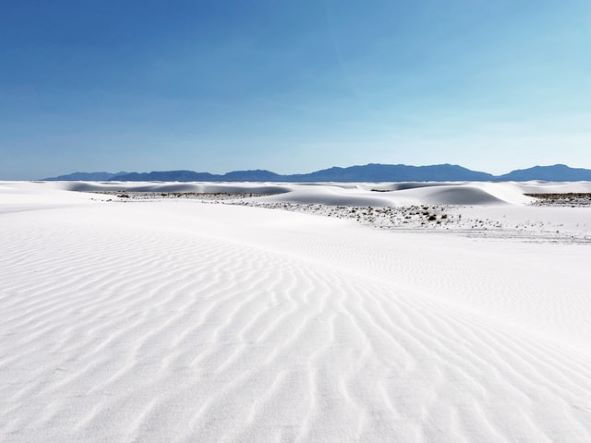America Was Populated Much Earlier Than We Thought
- Editor OGN Daily
- Dec 5, 2021
- 2 min read
Updated: Dec 21, 2021
Pre-history is constantly being re-evaluated as new discoveries are made.

Our species began migrating out of Africa around 100,000 years ago. Aside from Antarctica, the Americas were the last continents humans reached, with the early pioneers crossing the now-submerged Bering land bridge that once connected eastern Siberia to North America.
Until recently, scientists believed humans only travelled into the Americas when the last ice age receded – at the earliest, 16,500 years ago. But now, a set of fossil footprints reveal humans first set foot on the continent thousands of years earlier.
These footprints, unearthed at White Sands National Park in New Mexico, were made by a group of teenagers, children and the occasional adult, and have been dated to the height of the last glacial maximum, some 23,000 years ago. That makes them potentially the oldest evidence of our species in the Americas.
The tracks were deposited around the margins of a large wetland – perhaps a lake after the rainy season, but at other times more like a patchwork of water bodies. Until now, the problem had been dating these footprints. This changed recently when researchers found tracks with undisturbed sediment above and below them. Within that sediment were layers containing hundreds of seeds of the common ditch grass Ruppia cirrhosa. These seeds, when radiocarbon dated, revealed the age of the footprints. Analysis shows the seeds range in age from 21,000 to 23,000 years old, suggesting humans made repeated visits to the site over at least two millennia.
The White Sands footprints provide unequivocal evidence that people were in the Americas at the height of the last glacial maximum, rather than some time after, as was previously thought. That’s a big deal for our understanding of the peopling of the Americas.
Hundreds of years before Christopher Columbus, the Norse became the first Europeans to cross the Atlantic and settle in North America. Here’s how scientists proved it.
Today's OGN Sunday Magazine articles
Piezoelectric: Nearly 75 percent of the population of Sierra Leone struggles to get access to electricity, but this guy just invented a very clever eco solution.
Words of the Year from around the World: English speaking nations get their results in first. The winners are...
Snap Happy: However old you are, cameras have changed a lot over your life time. A new tiny one rivals those 500,000 times larger.
It's Good to Laugh: A dozen of our favourite one-liners and short jokes from Britain's finest comics to, hopefully, at the very least, make you smile.
Unequivocal: New evidence shows that America was populated thousands of years earlier than we thought.



